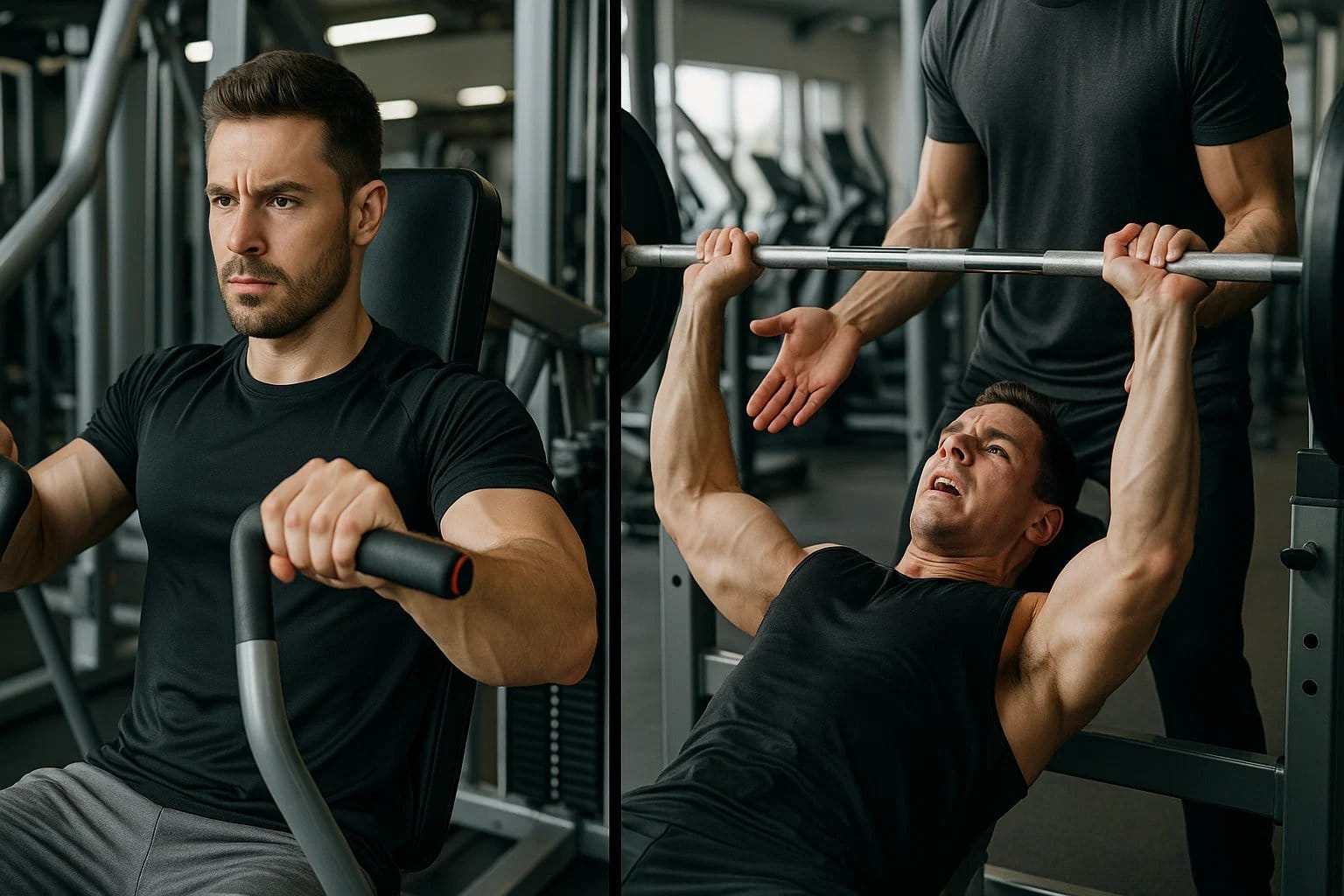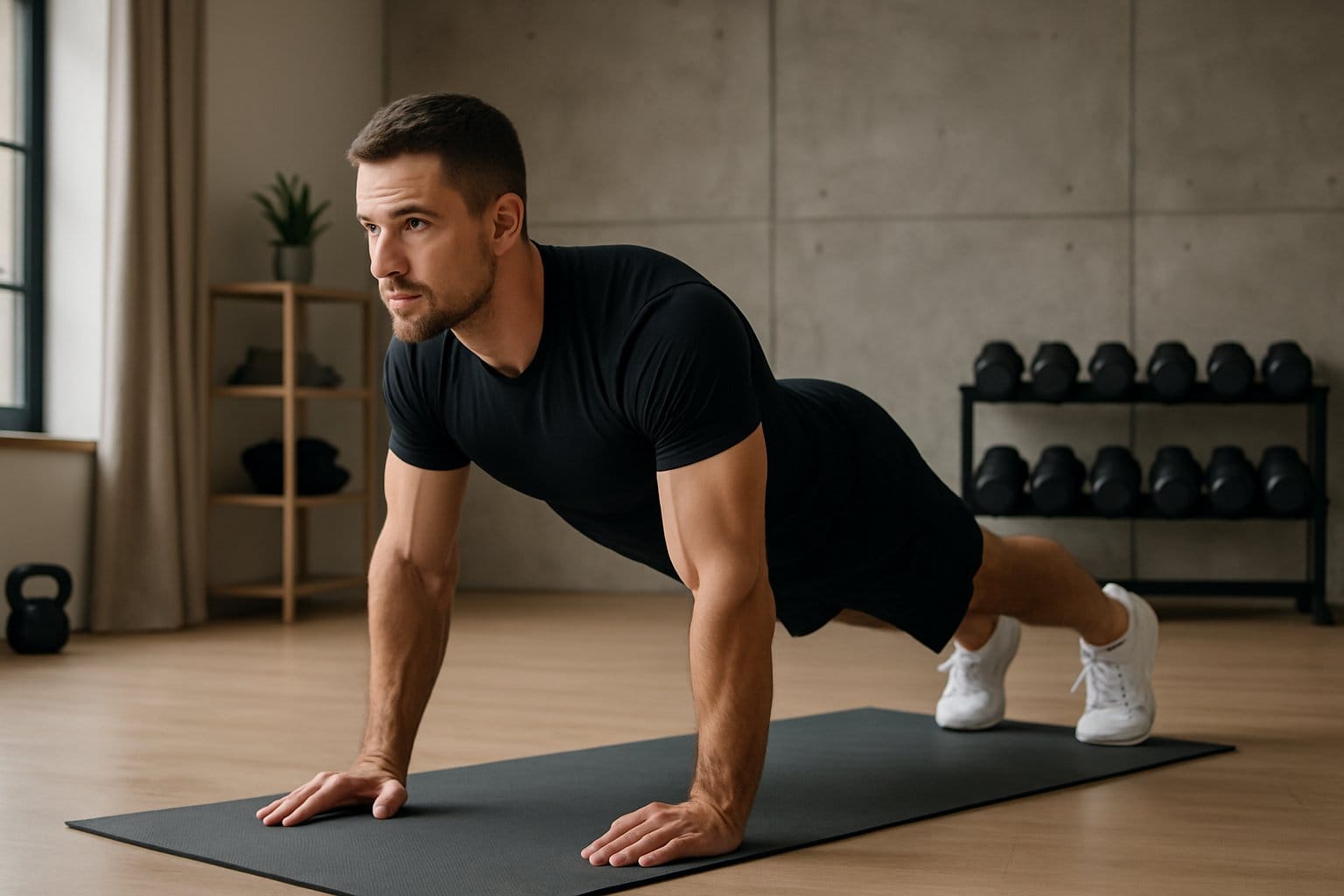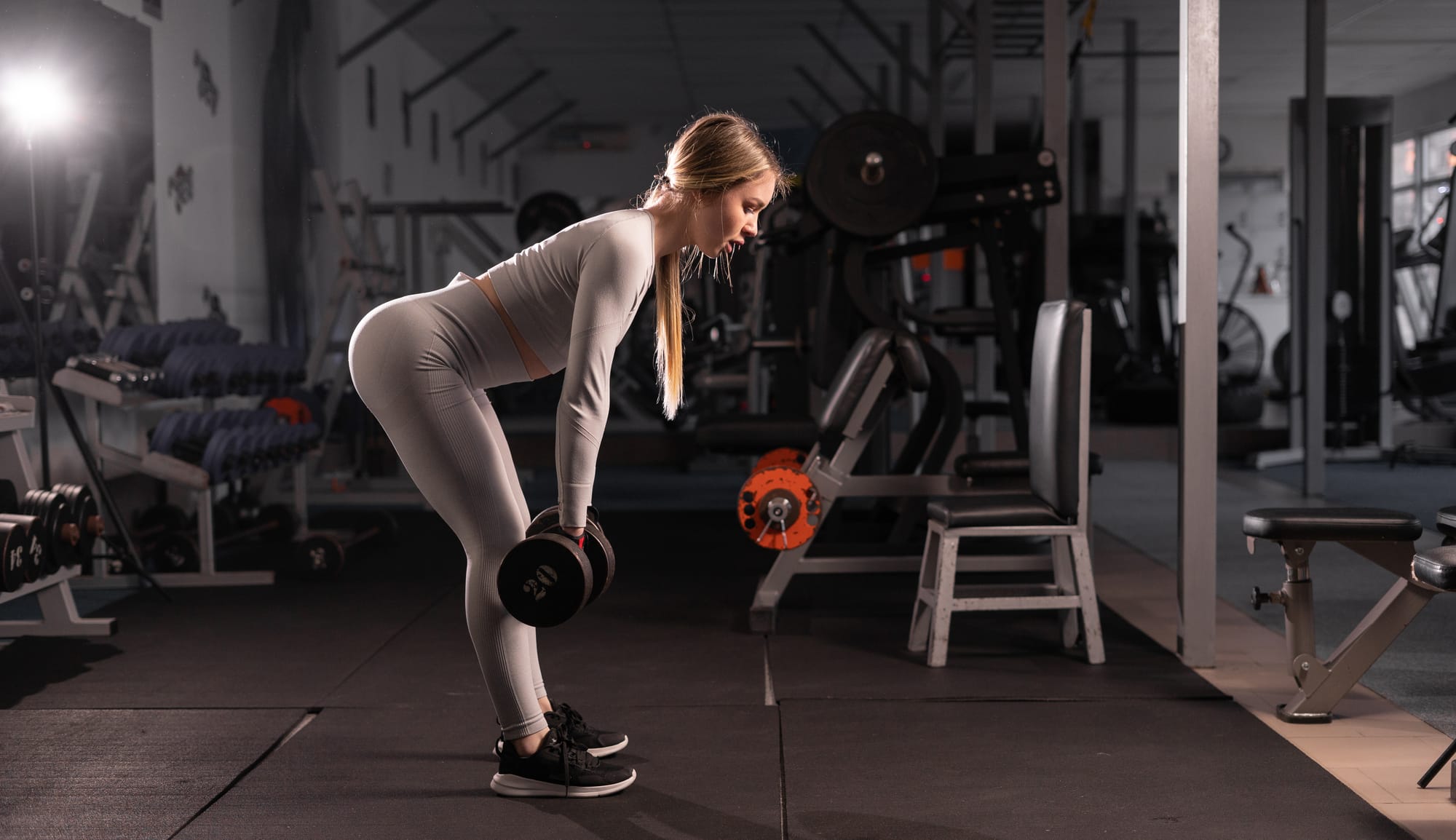5 Best Seated Cable Row Alternatives
What are the best seated cable row alternatives? Check out the list including landmine row, inverted bar row and more exercises ...
Looking for seated cable row alternatives? We have you covered! The seated cable row is one of the best compound exercises for sculpting the mid-back while also focusing on the upper section. So we understand it can be frustrating when your gym’s cable machine is busy or out of commission.
In this article, you’ll learn everything you need to know to make the best informed decision possible when choosing a seated cable row alternative. And after that, we’ll make sure to include a quick list of the best options to make your life easier. Read on!
What Muscles Does The Seated Cable Row Work?
To understand what are the best seated cable row alternatives, first, we need to learn which muscles are being targeted when the exercise is performed. This will facilitate our job once it's time to decide which alternatives are the best. There are 4 main muscle groups engaged when doing the seated cable row:
1.Latissimus Dorsi
Popularly known as lats, the latissimus dorsi is a big, flat muscle located on each side of the thorax’s posterior. It plays a crucial role in several upper body movements and an auxiliary role in the breathing process. On the day-to-day, the lats are important during swimming, rowing, and also climbing, so strengthening it is a good way to get better at pull-ups.

2.Rhomboids
The Rhomboids are made up of two muscles: Rhomboid Minor and Rhomboid Major. They cozily sit between your shoulder blades and play their part in a complex dance between all back and core muscles to stabilize your upper body, especially the shoulders. More precisely, they’re responsible for retracting, elevating, and rotating the shoulder blades.

3. Trapezius
The trapezius, or the traps, go from the top of your nape to the middle of your back and is divided into 3 main parts: the top part (descending trapezius), middle part, and lower part (ascending trapezius). They are responsible for maintaining your spine erect (alongside several other muscles) and have a key role in some movements such as turning the head, elevating shoulders, and internally rotating the arms.

4. Erector Spinae
Finally, we have the erector spinae, a large muscle that covers your spine from top to bottom. Its main responsibility is to keep the cervical spine stable and maintain proper posture. It also has several other functions depending on which section of the erector spinae is being discussed.
These 4 are the main muscle groups worked in the seated cable row. However, since it is a compound exercise, other muscle groups such as the biceps, the deltoids, and the forearms are also engaged during it depending on the grip used.

What to Look For in a Seated Cable Row Alternative
Now that we know all the muscles involved, we have a better understanding of what to look for in a seated cable row alternative:
It needs to work the same muscle groups, which means it has to consist of the same or similar movements and be performed for a similar amount of reps and sets.
Thankfully we have some great options that fit both of these criteria.
5 Best Seated Cable Row Alternatives
These exercises will help strengthen and develop your back muscles! Check them out and include the ones you like the most in your workout routine.
1.Dumbbell Single Arm Row
This stellar back builder can be done with fairly simple equipment: you’ll need a dumbbell and a bench. The dumbbell single arm row isolates each side of the back and works them separately. It covers all the muscles we discussed above, plus it also engages the biceps making it a versatile compound exercise.
- Put one knee and one hand from the same side of your body on the bench. Place your other foot securely on the ground and pick up a dumbbell with the desired weight.
- While keeping your elbow close to your body, pull the dumbbell up with a neutral grip towards your hips. Remember to engage your back muscles.
- Return the dumbbell to its initial position in a controlled manner.
- Repeat for the desired number of reps and sets.
2. Pendlay Row
The pendlay row is a good seated cable row alternative for those who like working out with free weights. It consists of the same movement as a cable row and all you need is a barbell loaded with a challenging amount of weight. This power move should be done with an overhand grip to hit the lats and the upper back.
- Stand with feet hip-width apart, shoelaces directly under the barbell.
- Bend your knees slightly and grab the bar while keeping your back straight and parallel to the ground
- Pull it upwards explosively toward your belly button.
- Return the bar to its initial position in a controlled manner.
- Repeat for the desired number of reps and sets.
3. Inverted Bar Row
The inverted bar row is a horizontal pull exercise done exclusively with body weight. It can be done both indoors or outdoors if you have the correct setup like in a park gym. The exercise consists of pulling your weight up towards a bar placed above you, like an inverted bench press of sorts.
- Place yourself under a bar and grab it with a pronated grip.
- Pull yourself up until your chest touches the bar. Don’t forget to brace your core and focus on your back muscles.
- Slowly return to the initial position. Don't just let gravity pull you down. .
- Repeat for the desired number of reps and sets.
4. Landmine Row
The landmine row requires a little bit more setup but its results sure are worth it. You’ll need a barbell with one end secured in a landmine base. Some gyms already have a landmine setup, but if they don’t, you can rest one end of a barbell against a corner, making sure it is stable. This exercise also allows for different grips targeting different muscle groups:
- An overhand grip will fully focus on the back muscles
- An underhand grip will still work the back muscles but now the biceps have more attention in the exercise
- A neutral grip will work both the biceps and back muscles evenly.
- With the barbell securely positioned and loaded with a challenging amount of weight, pull it underneath your legs. That’s your starting position.
- Bend your knees slightly and lean forward while maintaining your back straight.
- With your grip of choice, pull the bar toward your chest. Focus on contracting those back muscles
- Lower the bar to the ground.
- Repeat for the desired number of reps and sets.
5. Resistance Band Row
Did you know you can do rows and even squats and deadlifts with resistance bends? This simple item can be very versatile when you’re trying to work out from home.
Rowing with resistance bands is very similar to the traditional seated cable row with the only difference being the maximum amount of weight you can pull, making it a great alternative. This is a great beginners' exercise or a good warm-up that allows for more reps if you are already a seasoned weightlifter.
- Sit on a flat surface with your legs straight and place the resistance band over your feet. Be careful so the band doesn’t escape and slap you in the face!
- Maintain a straight back and braced core and pull the ends of the band toward yourself. While doing so, focus on squeezing your shoulder blades together.
- Repeat for the desired number of reps and sets.
Final Thoughts
There are plenty of ways to replace the seated cable row. Working out your back is essential for a well-balanced physique and a great way to improve overall spine health and posture. Be it, at home, at a park, or the gym, the seated cable row alternatives listed above are sure to give your back a good workout while still strengthening other muscle groups.
Ready to conquer the body of a Greek god? We’ve made it simple to work on customized fitness plans or to introduce a little friendly competition to your fitness community by sharing exercises with your friends. Get started for free through the Flex fitness app.
Related articles


Get fit with Flex
Build muscle & lose weight fast for free.
Available on iPhone + Apple Watch





